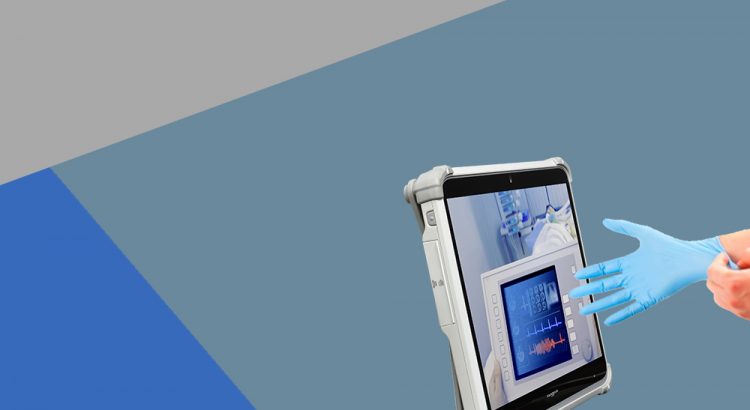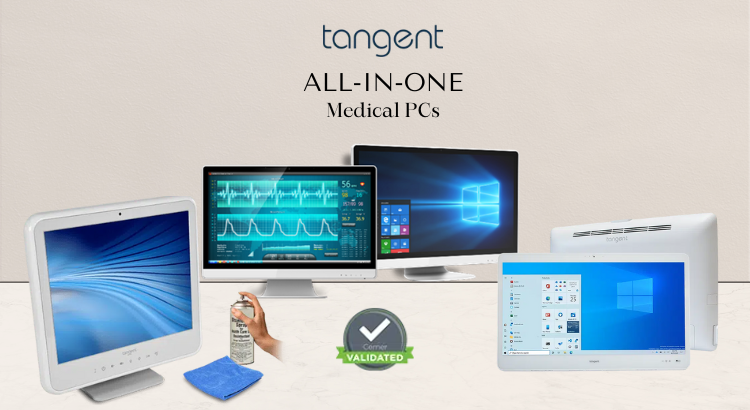You’ve heard these device names before: “Medical Computer“, “Medical Tablet“, “Medical Cart“, “Medical PC“.. your understanding of each is pretty fair and well placed; but, “Medical PC All-In-One?!” If your head just exploded or irritation struck, we get it. It’s a mouthful and what exactly is it? A Medical PC All-In-One is actually a well-appointed, […]
Tag: medical all-in-one pcs

How To Prevent Critical Electronic Health Records Mistakes
There’s no doubt that medical grade computers have made hospitals safer, more productive environments to treat patients. From their antimicrobial coating which mitigates the growth of nosocomial infection causing bacteria to their robust IP certified water resistance, medical grade computers have made a lasting impact on the quality of care provided to patients. Sadly, […]

Preventing Nosocomial Infections
What Is a Nosocomial Infection? Infections occurring while a person is being treated in a hospital are considered nosocomial infections. Nosocomial infections are of great concern to hospitals, governments, and medical personnel alike as they can have a vast impact on the quality of healthcare provided. Infections such as Staphylococcus aureus (MRSA) and Clostridium difficile […]

Preparing Your Hospital For Hurricanes And Other Natural Disasters
While we tend not to think of worst case scenarios, it is important that we are prepared for them. Natural disasters are inherently unpredictable, and it is up to individuals and organizations to be prepared when disaster strikes. Unfortunately, we may not be as prepared as we would like to think. According to the National […]
